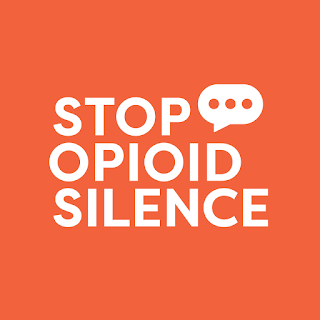“SOS” is the Morse code distress signal, a universal call for help, used by anyone in need of assistance. The first recorded use of SOS was in August 1909, according to Mental Floss. When a broken propeller disabled the SS Arapahoe off the coast of Cape Hatteras, North Carolina, the wireless operator sent the signal. The ship’s call was heard by the United Wireless station “HA” at Hatteras.
It’s a last-ditch effort, using SOS; when all seems lost, maybe there is someone who will receive the call for help and send aid. In America, millions of people require support and don’t know where or how to begin the journey of recovery. The truth is that most of the untold number of people struggling with addiction do not know how to ask for help.
Those who struggle with addiction don’t have a means of sending out a distress signal. Sure, men and women can call their family or look up a local treatment center; but, most people are hesitant to do so. At least at first.
Reaching out for help with a disorder that much of society still looks down upon is a harrowing feat for anyone. Stigma is a persistent threat to all individuals living with mental illness. The majority of people living with a mental health disorder feel unable to ask for help for fear of what might follow.
Most addicts and alcoholics live in shame; many feel they are at fault for their condition. Some think that acknowledging that there’s a problem will lead to further indignity. As a result, thousands of men and women die each year from their addiction.
Stop Opioid Silence
While many people attach meaning to S (…) O (—) S (…), making acronyms like Save Our Souls, the letters don’t mean anything. Three dots, three dashes, and three dots is just a quick and easy way to inform others about needing aid. However, for specific purposes, there is no harm in attaching significance to the three letters for effect.
As we wrote last week and on many previous occasions, opioid use disorder is a public health crisis of epidemic proportions. Research indicates that the national prevalence of opioid use disorder could be upward of four million to six million people. Roughly 130 Americans perish each day from an overdose involving prescription painkillers, heroin, or synthetic opioids.
There is a solution to addiction in the form of recovery. Those who seek help and are willing to take certain steps can heal from a substance use disorder. Which is why encouraging people to reach out for professional assistance is vital. Men and women need to be made to understand that compassion is out there, and that they are not to blame for their disease.
A new initiative from Partnership for Drug-Free Kids + Center on Addiction, in partnership with Facebook, aims to break the silence of opioid addiction. SOS (“Stop Opioid Silence”) is a public awareness campaign to urge people with opioid use disorders to send a distress signal. Men and women in recovery, as well as their families, are asked to share their stories.
“More than half of all Americans know someone affected by the opioid crisis, and only about one quarter of those with opioid addiction get the treatment they need… It’s time to break the silence around this epidemic and help end the stigma that too often prevents people from speaking up and getting help. Together, we can fight this public health crisis that is killing one of us every 11 minutes.”
“Breaking the silence is the beginning of hope.” – Angel
Addiction Treatment in Southern California
At Hope By The Sea, it is our sincere wish for more people to break the silence of addiction and mental illness. Help is available for all who ask for it; we are available 24/7 to assist individuals trapped in the disease cycle. Please contact us today to learn more about our program and how the miracle of recovery can be yours too.


